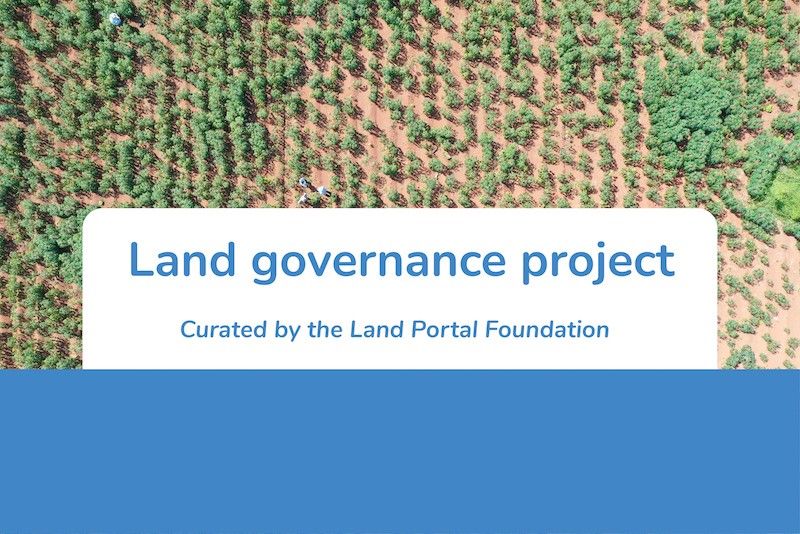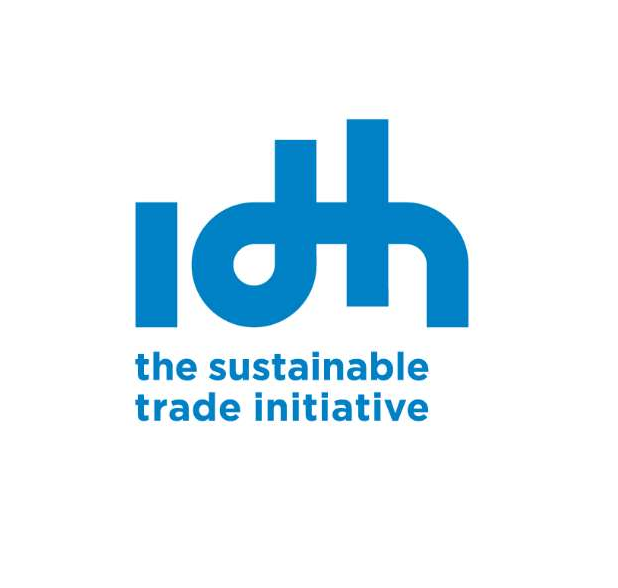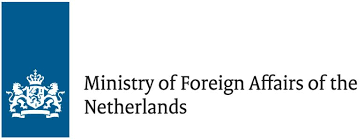Community / Land projects / Working Landscape Suriname
Working Landscape Suriname

€0
01/19 - 12/23
Concluído
This project is part of
Implementing Organisations
Donors
Data Providers
General
In Suriname, the Working Landscapes programme focuses on the Upper Suriname River area (USRA), which is a heavily forested landscape with limited (but increasing) commercial activity, predominantly inhabited by the Saamaka Maroon population. Tropenbos Suriname has been active in the area since 2014 and has established good contacts and working relations with local people and traditional authorities. USRA is the most densely populated river basin in the country. The area of the landscape totals 201,000 ha, with 124,989 ha of primary forests and 75,906 ha of secondary forests. The population strongly relies on rain-fed subsistence agriculture, and is considered highly vulnerable to climate change. Changes in temperature and rainfall and drought spells are reducing crop output, affecting river water quality and freshwater availability. Floods will lead to homesteads being lost and droughts affect the accessibility of the villages by river, affecting the mobility of people and products, resulting in higher costs for households. The absence of effective legal safeguards for their traditional territories exacerbates their vulnerability. The rapid growth of the Maroon population in combination with a lack of formal land (use) rights and increased investments for the development of economic activities (such as tourism, infrastructure, logging, and mining), lead to increased pressure on the forest. Whereas commercial agriculture is currently limited due to high transportation costs and lack of markets, ongoing improvements of the road network are likely to increase commercial agricultural activities by local elites in the near future, increasing pressures on the forest. In Tropenbos Suriname’s vision, a climate-smart landscape in the Upper Suriname River area provides the best example of the possibilities of a Green Development Path, in line with the High Forest Cover, Low Deforestation (HFLD) status of the country. Local Saamaka tribal communities have formalized access or tenure rights over 85% of the forest in the landscape. For the governance of this area, communities have developed a coherent and comprehensive vision on their climate resilient development path in a participatory and democratic way and in collaboration with traditional and state authorities. Outside pressure on the land and resources from logging, mining, tourism and commercial agricultural is being dealt with adequately avoiding deforestation. District and national level government institutions take due account of Saamaka proposals for land-use planning and landscape governance. Forest user rights have been distributed among local inhabitants in a democratic and inclusive manner by traditional authorities to be used for future community forest management and forest conservation activities, well adapted to the culture of the people. Communities have adapted their productive agricultural activities and forest use to be climate resilient. The existence of well-developed agricultural and forest product value chains enables local people to economically benefit from the forest. Green investments and funding have been made available for the development of climate resilient productive activities and the development of value chains. Local communities have access to these funds and have successfully developed new income generating activities.
Objectives
1. Traditional and local authorities, communities and other stakeholders work together on the development of a strong future-oriented local governance structure. Specifically, local communities will actively participate in the development of legislation on formal tenure rights over land and forest resources. 2. Local people engage in watershed conservation and climate-smart productive activities (community forestry, agroforestry and cash crops) and product value chain development that allow for a significant increase in income for men and women and offer economic opportunities to the youth. 3. The investments necessary to develop climate smart productive activities and product value chains are made available by government, funding agencies, private investors and climate funds that people can access and manage properly.



